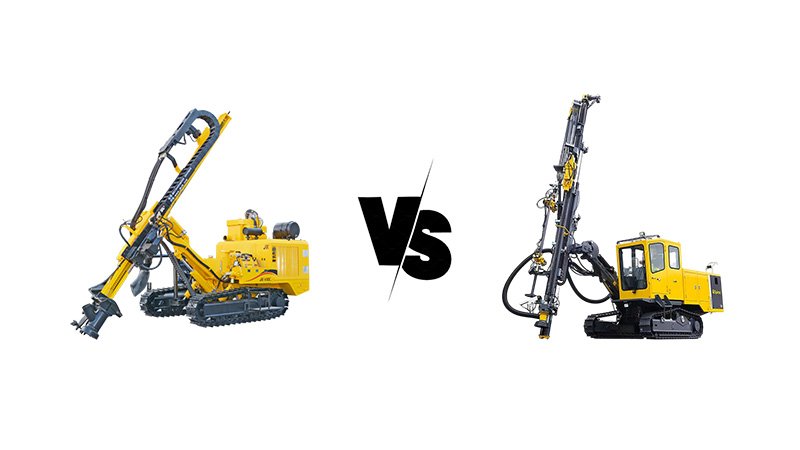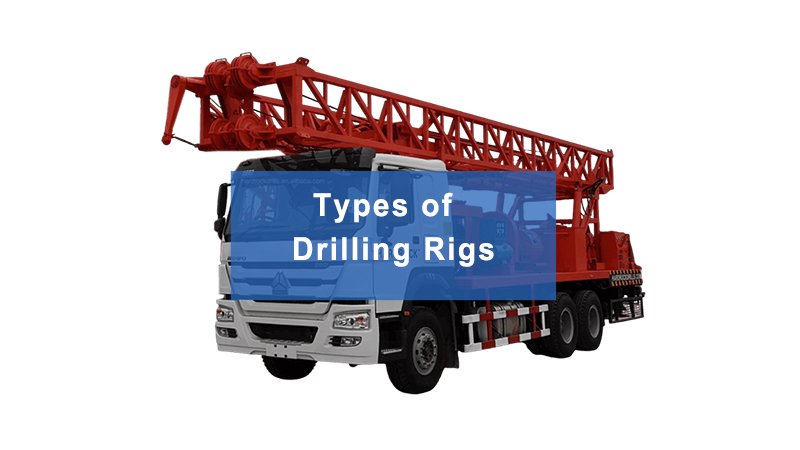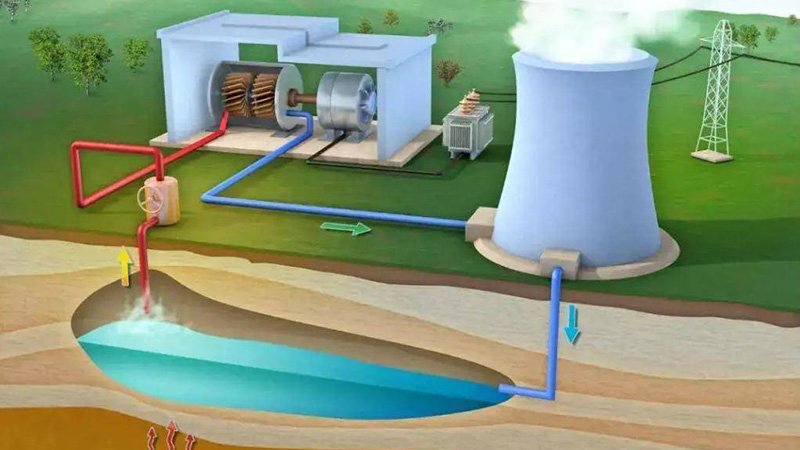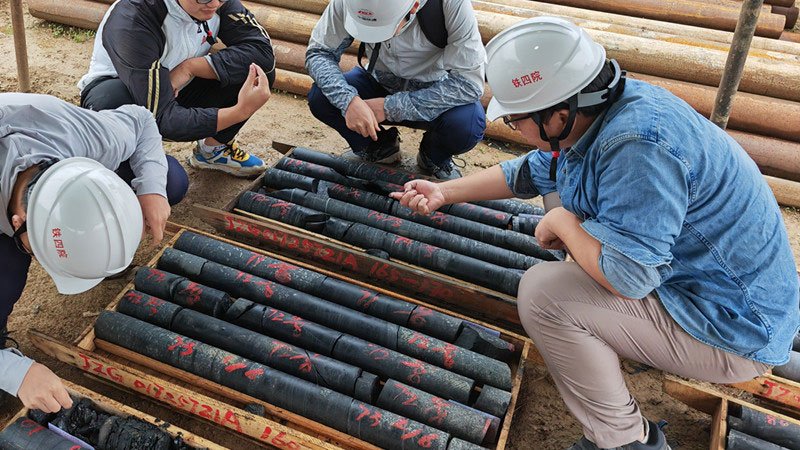Extracting resources deep underground seems impossible. But specialized machines make it happen, boosting safety and output. Understanding them is key.
An underground drilling rig is a specialized machine designed to bore holes beneath the earth's surface, primarily for mineral extraction, geological exploration, or construction in confined subterranean environments.
At Hardrock, we know the demand for resources buried deep is growing. My clients, even those like Mohammed Al-Rahman who primarily use surface rigs for water and foundations, are aware of the expanding needs in sectors like mining. Underground drilling is a different world compared to surface operations. These rigs are not just smaller versions of surface drills; they are engineered for unique challenges like limited space, ventilation needs, and the specific geology found deep down. Getting to grips with what these machines are and how they operate is the first step to appreciating their vital role.
How Does An Underground Drilling Rig Actually Function?
Working in tight, dark spaces, how do these rigs drill? It's a complex system. Learn the core functions.
Underground drill rigs use integrated power, hoisting, rotation, and circulation systems, all compactly designed to operate efficiently and safely within the confines of tunnels and shafts.
When I think about how an underground drilling rig works, I picture a compact powerhouse. Unlike their surface counterparts, these machines have to do everything in a much smaller footprint.
- Power System: This is the heart. Many underground rigs use electric power to avoid exhaust fumes in confined spaces, though some diesel units with advanced exhaust scrubbers are also used. This power drives the hydraulics or direct motors for all other functions.
- Hoisting System: This system lifts and lowers the drill string (rods, bit, and other tools). It needs to be precise and strong, often using hydraulic cylinders or winches.
- Rotating System: A rotary head or top drive provides the torque to turn the drill string and bit, breaking the rock. The speed and torque are adjustable for different rock types.
- Feed System: This pushes the drill string into the rock or pulls it out. It could be chain-driven or use hydraulic cylinders to apply consistent pressure.
- Circulation System1: This is vital. It uses air or water to flush cuttings from the borehole, cool the bit, and sometimes stabilize the hole. In underground mining, effective dust suppression is also critical.
At Hardrock, even though our main focus is surface rigs, the engineering principles of efficient power and material handling are universal. The design of an underground rig optimizes these for very specific, harsh conditions.
What Are the Different Types of Underground Drill Rigs?
Is one underground rig like another? Not really. Different underground tasks demand different specialized rigs. Explore the variety.
Types include jumbo drills (face drilling), longhole drills (production), bolting rigs (rock support), core drills (exploration), and raise borers (shaft creation), each tailored for specific underground tasks.
The term "underground drill rig" covers a range of specialized machines. Each type is designed for a specific job within the overall underground operation, contributing to productivity and safety.
- Jumbo Drills2 (Development Drills): These are workhorses for creating tunnels and access drifts. They usually have one, two, or even three booms with drifters to drill blast holes into the rock face. Precision is key for optimal blasting.
- Longhole Production Drills: Used in mining to drill long, precise holes for blasting large sections of ore. These can drill upwards, downwards, or radially. Efficiency and accuracy directly impact ore recovery.
- Rock Bolting Rigs3: Safety is paramount underground. These rigs install rock bolts and mesh to stabilize tunnel walls and roofs, preventing rockfalls.
- Core Drills: For exploration and grade control, these rigs extract cylindrical rock samples (cores). My "mining exploration drilling rigs" at Hardrock, while often surface-based, share core drilling principles. Underground core rigs are more compact.
- Raise Boring Rigs (RBMs): Used to create vertical or steeply inclined shafts between levels, often for ventilation or ore passes.
Choosing the right rig, as my insight suggests, is crucial. Each type represents an investment in a specific part of the underground resource extraction or construction cycle.
How Are Underground and Surface Drill Rigs Different?
Drilling is drilling, right? Not quite. Underground conditions impose unique design needs. Spot the key differences.
Underground rigs are compact, often electric or with advanced scrubbers, maneuverable in tight spaces, and may drill in multiple orientations, unlike typically larger, diesel-powered surface rigs.
When I explain the differences to someone like Mohammed Al-Rahman, who is familiar with our Hardrock surface rigs for water wells or foundations, I highlight several key distinctions.
| Feature | Underground Drill Rig | Surface Drill Rig4 |
|---|---|---|
| Size & Profile | Compact, low profile, highly maneuverable | Larger, taller, built for open spaces |
| Power Source | Often electric; diesel with scrubbers | Typically diesel; sometimes electric |
| Ventilation | Critical design factor (electric preferred) | Less critical, open-air operation |
| Mobility | Designed for tramming in tunnels/drifts | Track or truck-mounted for terrain |
| Drilling Angles | Horizontal, upward, downward, radial | Primarily vertical or angled downwards |
| Automation | Higher tendency for remote/auto operation | Varies, more direct operator control |
These differences stem from the operating environment. Underground, you have limited space, air quality concerns, and the need to move through existing tunnels. Surface rigs, like our foundation drilling rigs, have more freedom in design and power choices. The fundamental drilling mechanics might be similar, but the packaging and supporting systems are very distinct.
What Are the Productivity and Efficiency Benefits of Underground Drilling Equipment?
Working deep is tough. So how do these rigs help? Modern underground equipment offers major advantages. Discover the benefits.
Modern underground rigs boost productivity through faster drilling cycles, precise hole placement, increased automation reducing labor needs, and enhanced operator safety leading to less downtime.
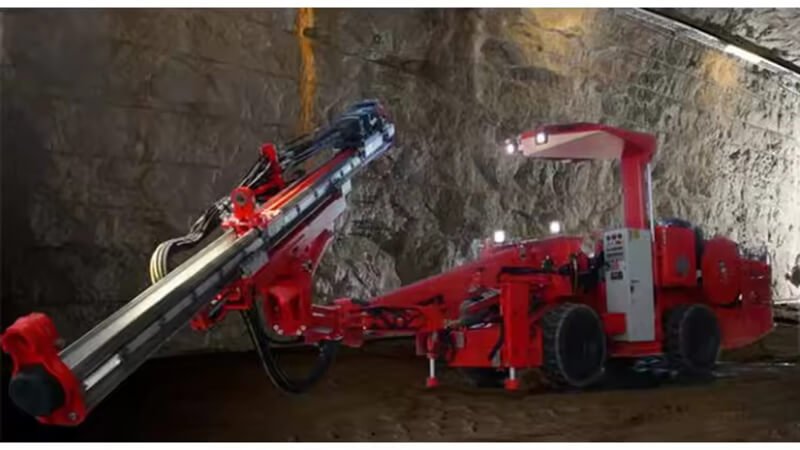
The drive for deeper resource extraction, as I mentioned in my insight, pushes the need for highly productive and efficient underground rigs.
- Speed and Precision: Advanced hydraulic drifters and control systems allow for faster penetration rates and very accurate hole placement. This is crucial for effective blasting in mining or precise installation in construction.
- Automation and Remote Operation: Many modern underground rigs feature significant automation. This can range from automated drilling cycles to fully remote operation from a safe surface location. This reduces operator fatigue, allows for continuous operation, and improves safety.
- Multi-Functionality: Some rigs can perform multiple tasks, like drilling and bolting, reducing the need for multiple machines in one area.
- Data Logging and Analysis: Modern rigs often collect drilling data, which can be analyzed to optimize performance and plan maintenance, further boosting efficiency.
- Improved Safety: Enhanced safety features and remote operation reduce accidents, which means less downtime and a more consistent workflow.
At Hardrock, while our focus is often on the robustness of surface rigs, the principles of top quality and customized solutions apply here. Efficient underground rigs are key to making deep resource projects economically viable and safer.
In Which Industries Are Underground Drill Rigs Commonly Used?
Where do you find these specialized machines? It's not just one sector. Many industries rely on them.
Underground drill rigs are predominantly used in the mining industry (hard rock, coal), civil engineering5 for tunneling and infrastructure, and sometimes for specialized geotechnical investigations6.
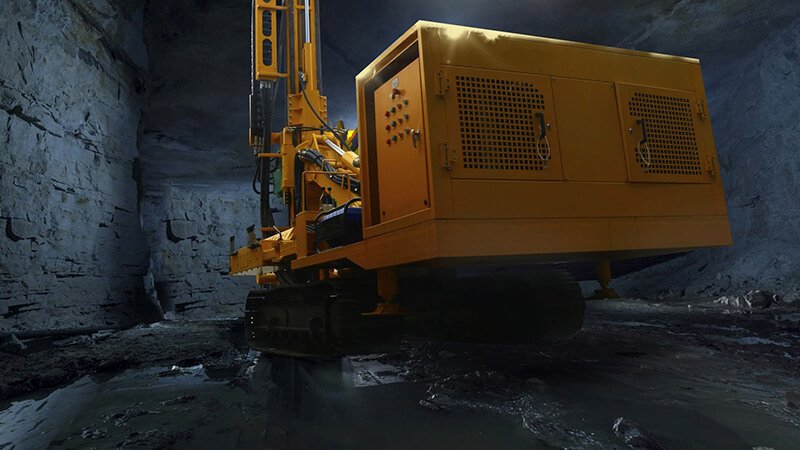
The applications for underground drill rigs are quite diverse, though they are most visibly associated with a few key sectors.
- Mining: This is the largest user.
- Hard Rock Mining (e.g., gold, copper, nickel): Jumbos for development, longhole drills for production, bolters for support, and core drills (like compact versions of some Hardrock exploration rigs) for defining ore bodies.
- Coal Mining: Specialized drills for methane drainage, roof bolting, and sometimes exploration.
- Civil Engineering & Construction:
- Tunneling: For roads, railways, and water conveyance. Jumbos and bolting rigs are essential.
- Hydropower Projects: Drilling for penstocks, access tunnels, and underground powerhouses.
- Underground Storage Facilities: Creating caverns for oil, gas, or waste.
- Geotechnical Investigation: While less common than surface geotechnical rigs (which Hardrock produces), specialized compact underground rigs can be used for deep site investigation from existing tunnels or shafts.
The core function remains drilling holes, but the purpose varies widely, from extracting valuable minerals to creating essential infrastructure deep beneath our feet. The demand in these sectors drives continuous innovation in underground drilling technology.
Conclusion
Underground drilling rigs are vital for deep resource extraction and infrastructure, designed for unique challenges. Choosing the right type ensures project productivity and safety.
-
Discover how the Circulation System enhances drilling efficiency and safety by managing dust and cooling the drill bit. ↩
-
Exploring Jumbo Drills will provide insights into their critical role in tunnel development and how they enhance mining efficiency. ↩
-
Learning about Rock Bolting Rigs will highlight their importance in ensuring safety and stability in underground operations. ↩
-
Learn about the key differences between Surface and Underground Drill Rigs, including size, power sources, and operational capabilities. ↩
-
Discover how civil engineering utilizes underground drill rigs for critical infrastructure projects, showcasing their vital role in modern construction. ↩
-
Learn about the innovative methods in geotechnical investigations using underground drill rigs, which are essential for safe and effective site assessments. ↩



